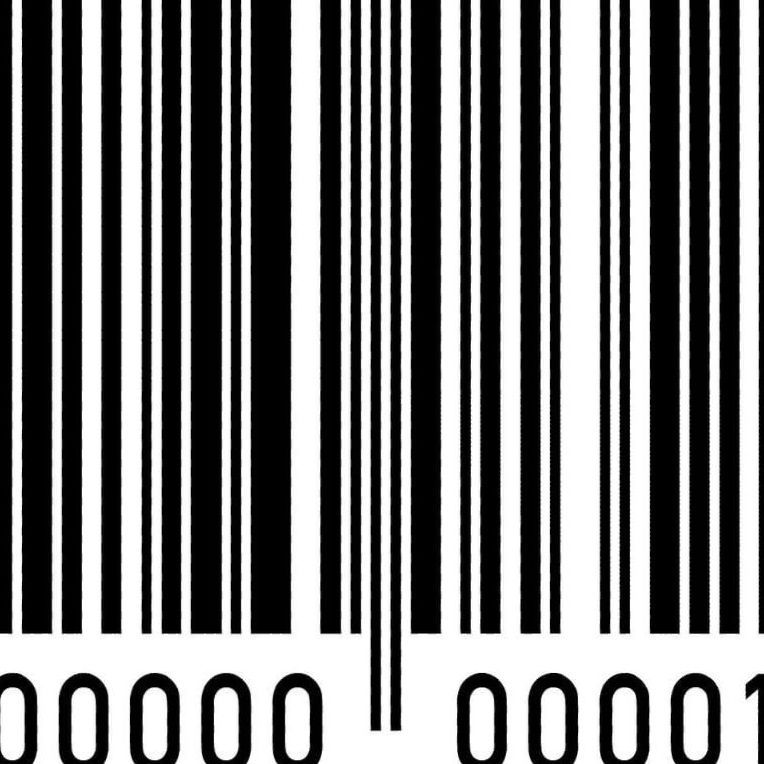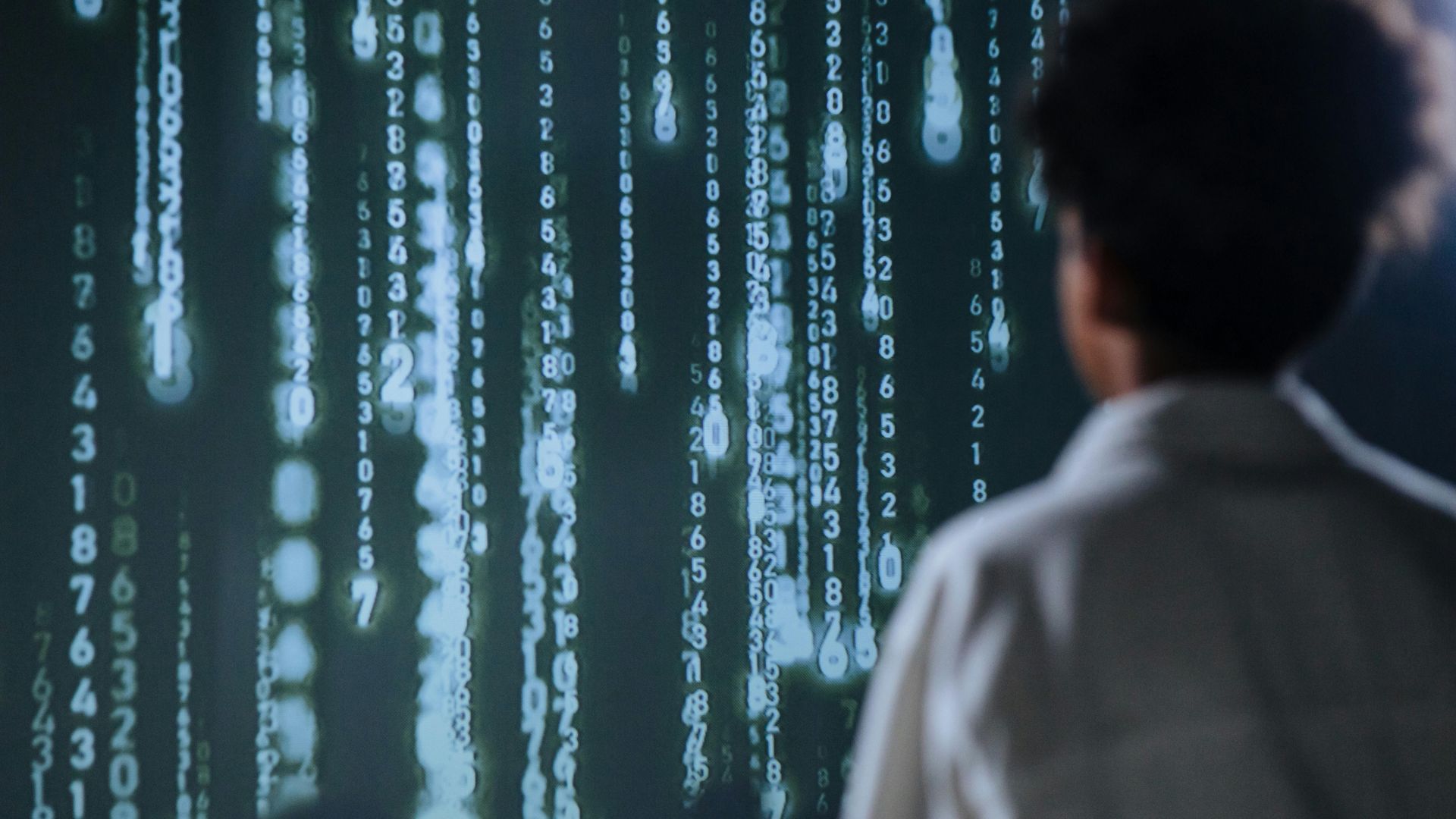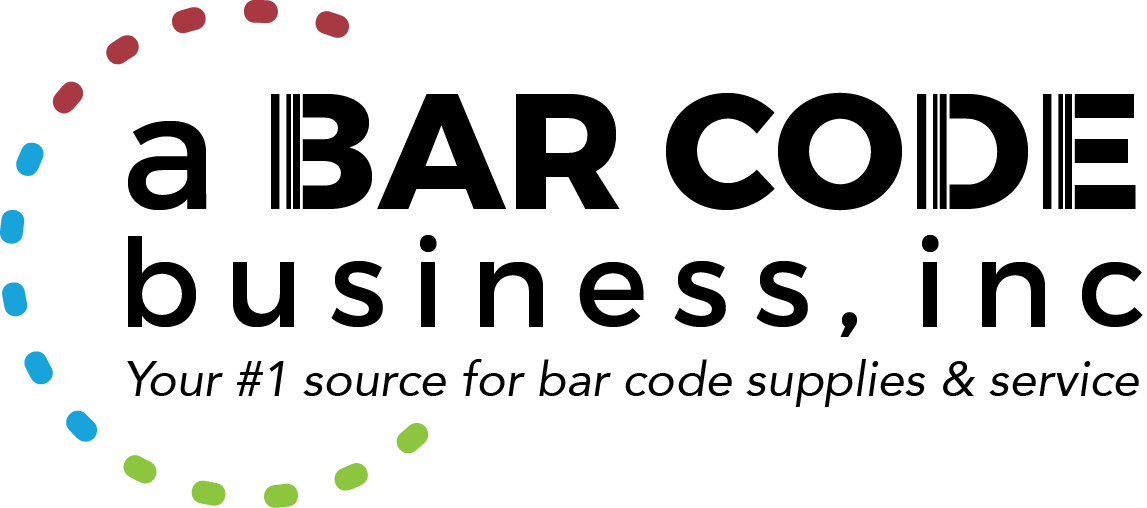How To Apply for a UPC Code
UPC Labels
HOW TO APPLY FOR A UNIVERSAL PRODUCT CODE NUMBER
(UPC RETAIL BAR CODE NUMBER)
Call, write or e-mail the Uniform Code Council, Inc. and ask for an application for an UPC Number.
Uniform Code Council, Inc. (UCC)
7887 Washington Village Drive, Suite 300
Dayton, OH 45459
Phone: (937) 435-3870
Fax: (937) 435-7317
Or visit on-line at: http://www.uc-council.org
The Minimum fee is $750.00, which is the initial application fee for a nine digit manufacturer number that will be assigned to your company. When your application is sent, information on fees and other valuable information will be mailed to you.
After receiving you manufacturer number, your next step is to assign a three or five digit number (depending on the number of digits provided to you by the UCC) to each different product in your line.
These numbers can be assigned in any manner you choose; however, the numbers must be numeric no alpha characters are allowed. Each item must carry a different product number, anything that differentiates one item from another, i.e. weight, color, size etc. must have its own unique product number.
Your product number, used in conjunction with the numbers assigned by the Uniform Code Council, will yield your eleven-digit number. The last and most important number is called a check digit. The check digit is a mathematicaly calculation of your first eleven numbers and becomes the 12th and final digit that makes up the UPC Bar Code Symbology. All twelve digits should be printed in human readable form below the bar code.
At this point, it will be necessary to have the actual bar code symbology made for each product. This is where A Bar Code Business, Inc. can be of service to you. We can provide you with:
- Free Check Digit Calculations with all orders
- Express Service, for over night delivery
- Pre-Printed and Verified Bar Code Labels (Shipped Within 1 to 3 Business Days)
- Required Equipment and Labeling Media For In-house Printing
- Technical Assistance and Support
More Information You May Like









